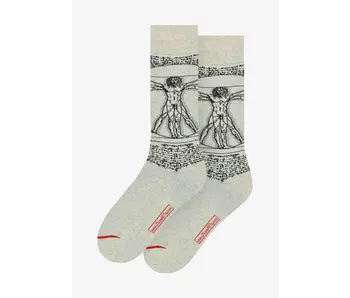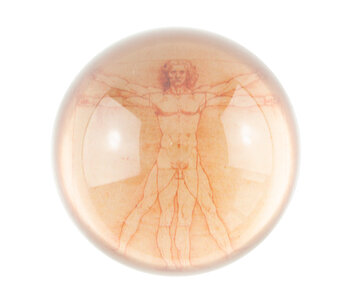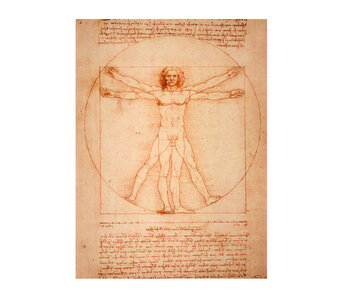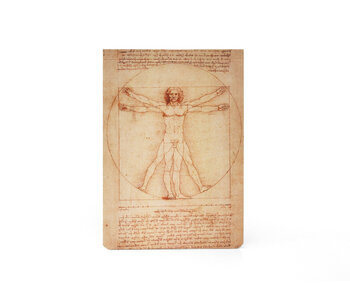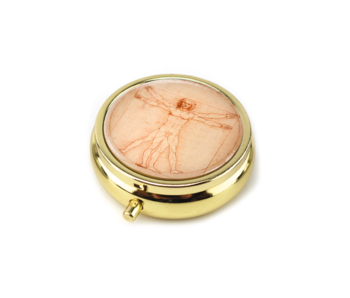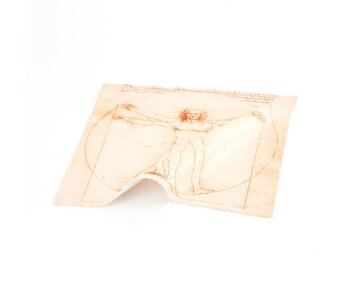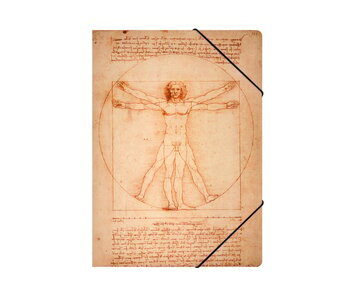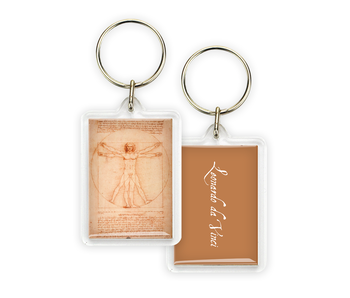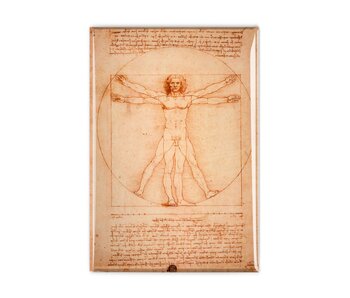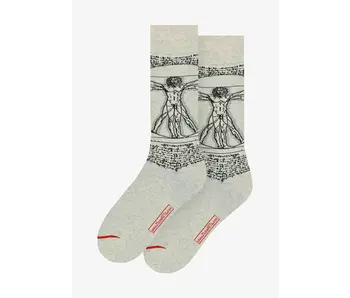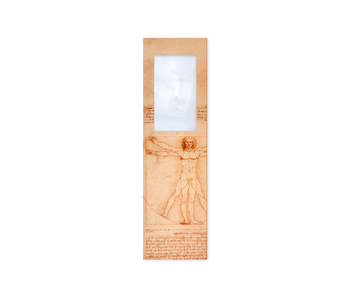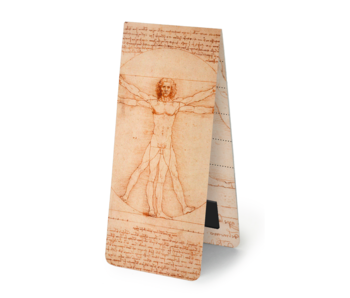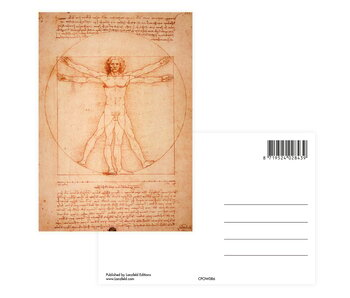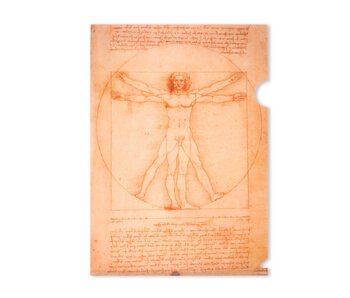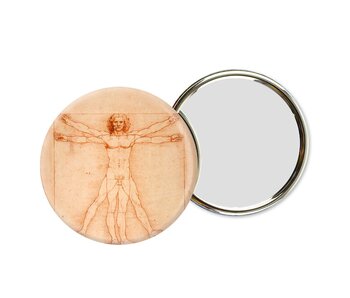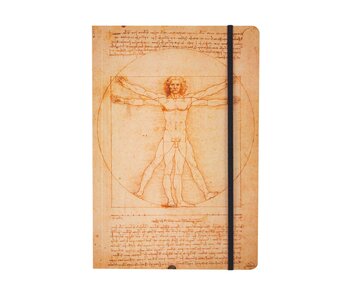Photo Pen, Vitruvian man, Da Vinci
WPHW000041Glass Dome, Da Vinci, Vitruvian Man
HGDW000010Artist Journal, Da Vinci, Vitruvian Man
NSAW000019Pill box , Da Vinci, Vitruvian Man
APBW000026Keyring, Da Vinci, Vitruvian Man
AKRW000040Fridge magnet, Da Vinci, Vitruvian Man
MFMW000325Mouse Pad, Leonardo da Vinci, Vitruvian Man
WMOW000022Postcard, Da Vinci, Vitruvian Man
CPOW000086File Sheet A4, Da Vinci, Vitruvian Man
WFFW000026Reproduction A4, Da Vinci, Vitruvian Man
RPOW000069
The Vitruvian Man, Leonardo Da Vinci
The Vitruvian Man is a concept of body proportions as described by Vitruvius in his work "De architectura". A Vitruvian Man is an image of a man that serves as an illustration of Vitruvius's precepts. The most famous Vitruvian Man is a drawing by Leonardo da Vinci from around 1490, which can be seen on the Italian version of the 1 euro coin. This figure is considered a symbol of humanism, which places man at the center of the universe.
In his writings, Vitruvius described the proportions of the human body and gave guidelines for the construction of temples. He explained that the human body fits snugly within both a circumscribed circle and a square, with the navel as the center. Although Vitruvius did not discuss the differences between men and women, he described the body in a general way.
Leonardo da Vinci's famous drawing of the Vitruvian Man was one of about 60 illustrations he made for "De divina proportione", a treatise by the mathematician Luca Pacioli. Leonardo based his work on Vitruvius' descriptions, but also conducted empirical research before creating the drawing. The drawing is considered part of Leonardo's anatomical research, which he had been doing for quite some time. Before this drawing, he systematically took body measurements of men.




